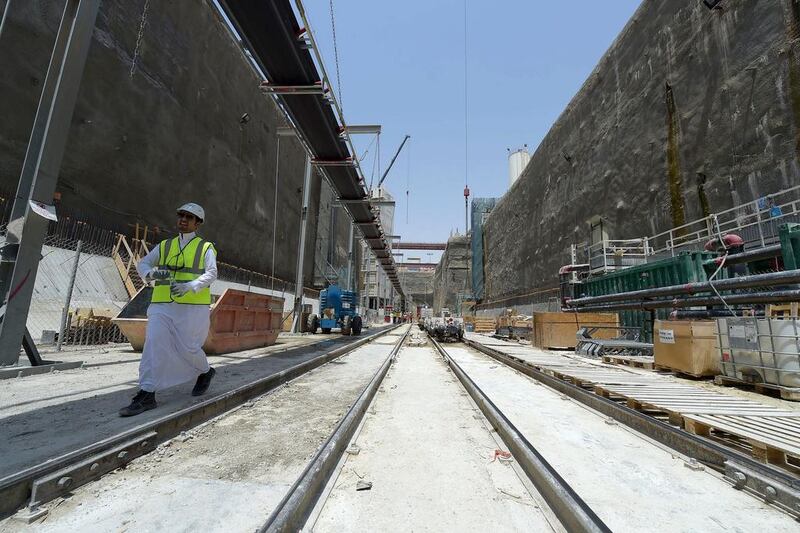Saudi Arabian banks, reeling under the pressure of falling oil prices, may get a shot in the arm from a spate of sovereign bonds sold this year, the rating agency Standard & Poor’s said.
The country is the world’s biggest exporter of oil and its economy is likely to feel the pain of less revenue more intensely if the price of crude, which has lost more than half of its value, continues to slide.
The debt issued by the government, the first time it has sold bonds with maturities of more than 12 months since 2007, means that banks that purchased the debt will get safer yields that will buffer them against any downturn in the economy if there is a sharp drop off in demand for debt by corporations.
Last month, the government sold 20 billion Saudi riyals worth of bonds ranging in maturity from 5 to 10 years and yielding between 1.92 per cent to 2.65 per cent.
The Saudi riyal is pegged to the US dollar.
So far this year, Saudi Arabia has sold 35 billion riyals of local currency bonds to local banks and institutions.
The government wants to sell a total of between 90 billion riyals and 100 billion riyals of bonds by the end of the year, people familiar with the situation told the Bloomberg news agency last month.
“We know that the banks are holding excess liquidity.
“This is a good opportunity for them in a slowing down environment to use that excess utility with a decent yield,” Timucin Engin, S&P’s primary Dubai-based credit analyst, said.
“Oil has fallen down significantly and, if it stays at the current levels, there will definitely be a big effect on the corporates in terms of borrowing,” he said.
“When you lend to the government, it’s zero-risk weighted, it doesn’t put a pressure on your capital necessarily. Arguably, you are not going to incur credit losses from a strong government.”
S&P said in a report yesterday that Saudi banks have enough cash to fund $75bn to $100bn or more of sovereign issuance this year and next.
They are sitting on about $440bn in deposits, and enjoy a loan-to-deposit ratio of 81 per cent.
That is among the lowest loan-to-deposit ratios in the region, according to S&P.
The kingdom shied away from reducing oil production to prop up the price of the commodity in November, a risky move as revenues from oil sales make up about 85 per cent of the country’s budget.
Saudi Arabia’s willingness to defend its market share comes partly because its economy – the largest in the region – has become resilient enough to weather a drop in oil prices.
Despite the oil fall, economists say the region will survive because spending is not being reduced and steady oil prices over the past couple of years have boosted cash reserves.
The net current account surplus of the region stands at about $2.4 trillion, according to economist estimates.
In December, Saudi Arabia kept to its pledge to maintain spending this year.
After the plunge in oil prices, officials said that its revenue was projected to fall to 715 billion riyals this year, from 1.04 trillion riyals last year.
Riyadh projects this year’s expenditure to be about 860bn riyals.
The Egyptian investment bank EFG-Hermes said in a note to its clients yesterday that it expects the Saudi economy to grow 3.2 per cent this year from 3.6 per cent in 2014, in part because the recent bond issuances will support the government’s spending plans.
mkassem@thenational.ae
Follow The National's Business section on Twitter





